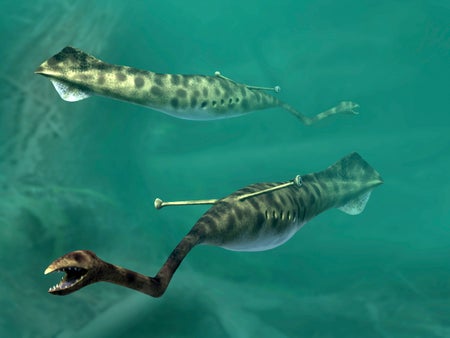
Was the Tully Monster a Fish, a Worm, a Giant Slug with Fangs?
Researchers close in on a taxonomic home for one of paleontology’s weirdest wonders, the Tully Monster
Jack Tamisiea is a science journalist based in Washington, D.C., who covers natural history and the environment. Follow Tamisiea on Twitter @jack_tamisiea

Was the Tully Monster a Fish, a Worm, a Giant Slug with Fangs?
Researchers close in on a taxonomic home for one of paleontology’s weirdest wonders, the Tully Monster
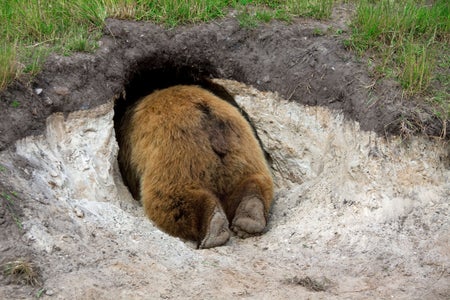
How Bears Hibernate without Getting Blood Clots
Hibernating brown bears avoid the blood clots that can develop in even temporarily immobile people. Scientists now think they know how the animals do it
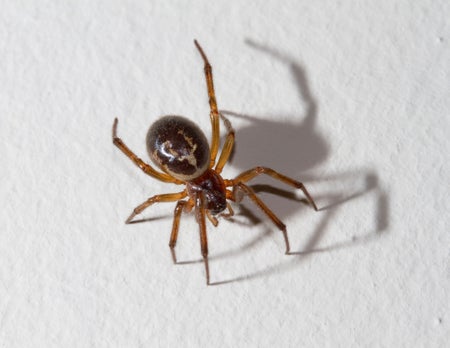
Tiny Spider Fells Prey Many Times Its Size
A spider that caught and devoured a much larger shrew for its meal adds to evidence that more spiders aren’t strangers to dining on vertebrates
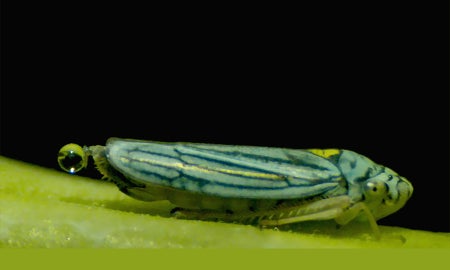
Sharpshooter Insects Use ‘Superpropulsion’ to Catapult Their Pee
Sharpshooter insects use a physics phenomenon called superpropulsion to efficiently fling away droplets of pee at extremely high speeds
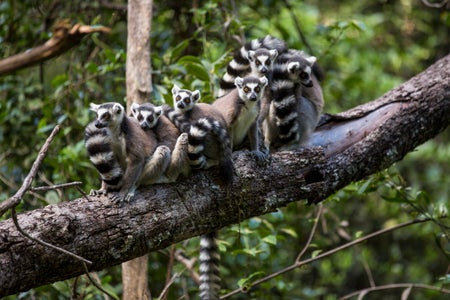
Mammals That Live Together Live Longer
Mammal species that live in groups seems to live longer than those that lead solitary lives
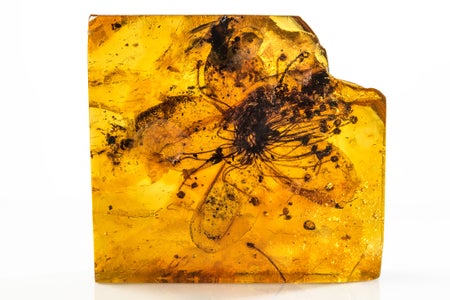
See the Largest Flower Ever Found Encased in Amber
A rare flower encased in amber is the largest one ever found and dates from around 40 million years ago
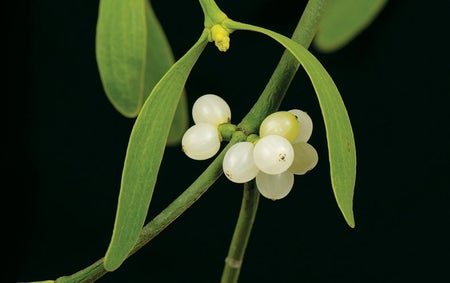
Mistletoe’s Ridiculously Clingy Seeds Could Make a Biological Glue
The festive parasite mistletoe’s sticky prowess explained
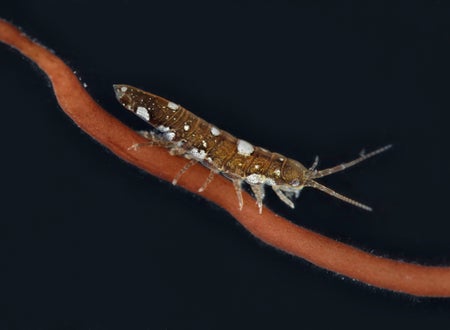
In a First, Tiny Crustaceans Are Found to ‘Pollinate’ Seaweed like Bees of the Sea
Small marine critters ferry around seaweed sex cells, the first recorded example of “pollination” in algae

How Parachute Frogs Took to the Sky
Broad-webbed feet help them glide through rain-forest canopies
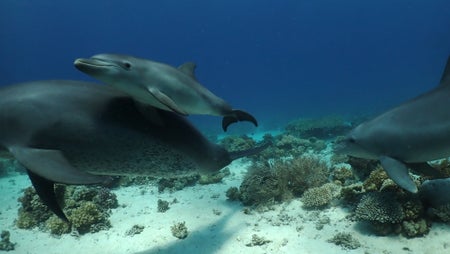
Dolphins Rub against Mucus-Oozing Corals to Soothe Skin
This “gorgoning” releases antibacterial compounds and other substances that dolphins could be using to self-medicate

Dogs’ Personalities Aren’t Determined by Their Breed
A new genetic study shows generalizing breeds as affectionate or aggressive doesn’t hold up
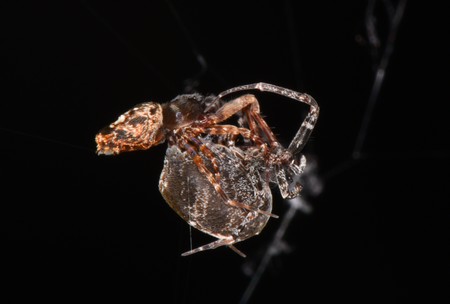
These Spiders Spring Off Their Mates to Avoid Sexual Cannibalism
Energy stored in the front legs of gangly orb-weaving spiders helps them live to mate another day
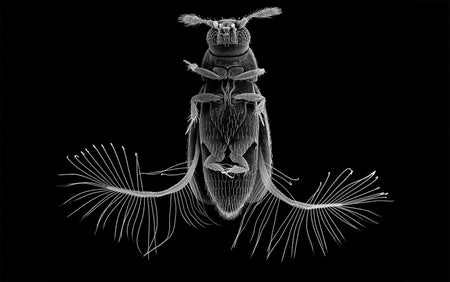
Tiny Flier ‘Swims’ through the Air at Superspeed
A speck-sized beetle overturns assumptions about flight mechanics
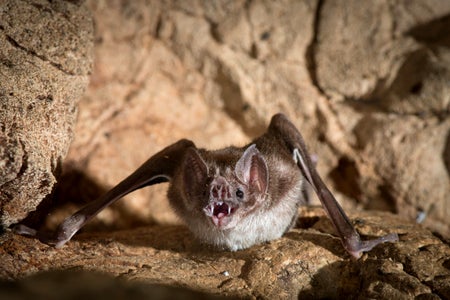
Lost Genes Explain Vampire Bats’ Diet of Blood
To survive on nutrient-poor blood, less can sometimes be more
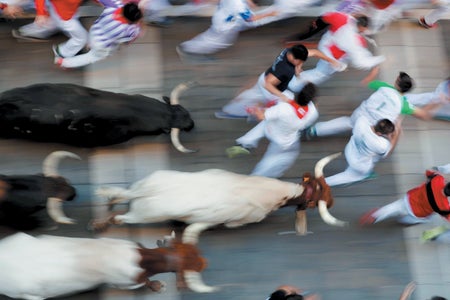
Pamplona Bull Runs Reveal Dynamics of Crowds in Danger
Thousands running alongside bulls in Spain speed up as density increases
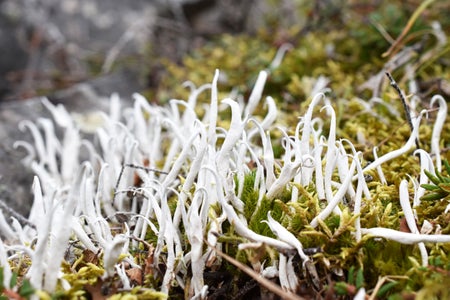
Lichens Could Need More Than a Million Years to Adapt to Climate Change
The composite organisms, formed from the symbiotic relationship between fungi and algae, are crucial members of myriad ecosystems
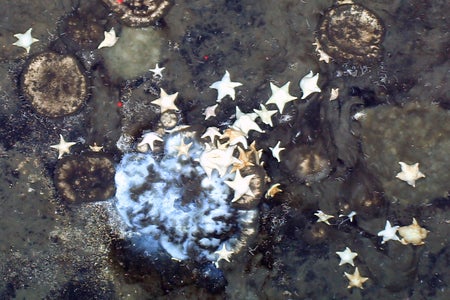
Surprise Fossil-Munching Sponges Found in Arctic Seafloor Wasteland
The colony thrives in a frigid ocean covered by ice year-round
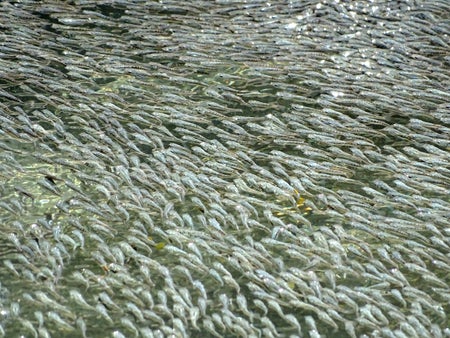
Fish Do the Wave to Ward Off Predatory Birds
The synchronized dance of sulfur mollies is not only mesmerizing to watch but also confusing to predators
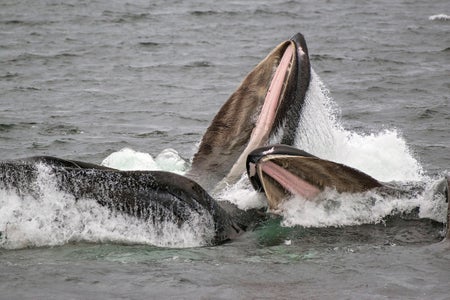
To See Where a Whale Has Been, Look in Its Mouth
The baleen that hangs from the jaws of some whale species contains clues about their migrations and diets
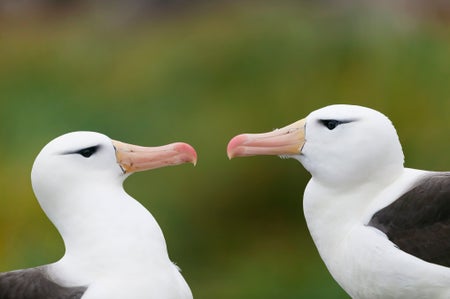
Albatross ‘Divorce’ Rate Rises as the Ocean Warms
Monogamous black-browed albatross may split up from the stress of less food availability
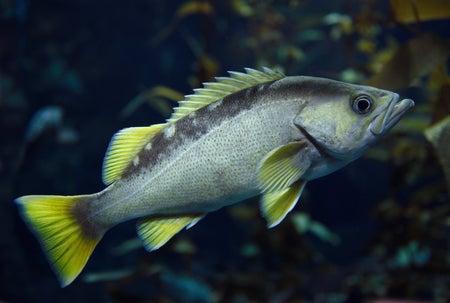
Genes Reveal How Some Rockfish Live up to 200 Years
Scientists surveyed dozens of species’ genomes to uncover keys to longevity
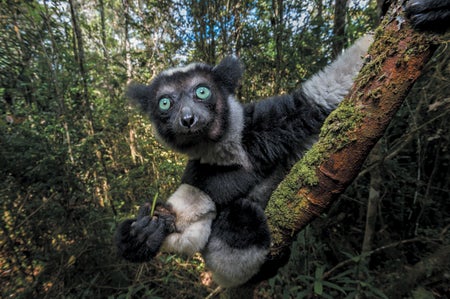
Giant Lemurs Are the First Mammals (besides Us) Found to Use Musical Rhythm
Indris’ dramatic family “songs” show repeatable timing patterns
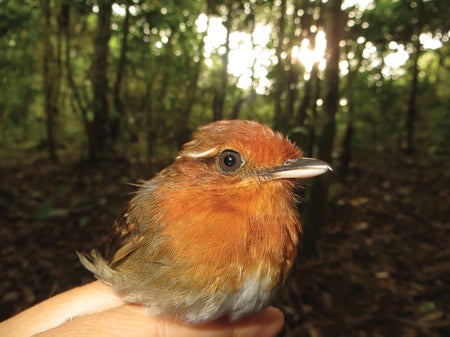
Birds’ Eye Size Predicts Vulnerability to Habitat Loss
A lost “treasure trove” of bird samples reveals how eye shape changes with environment